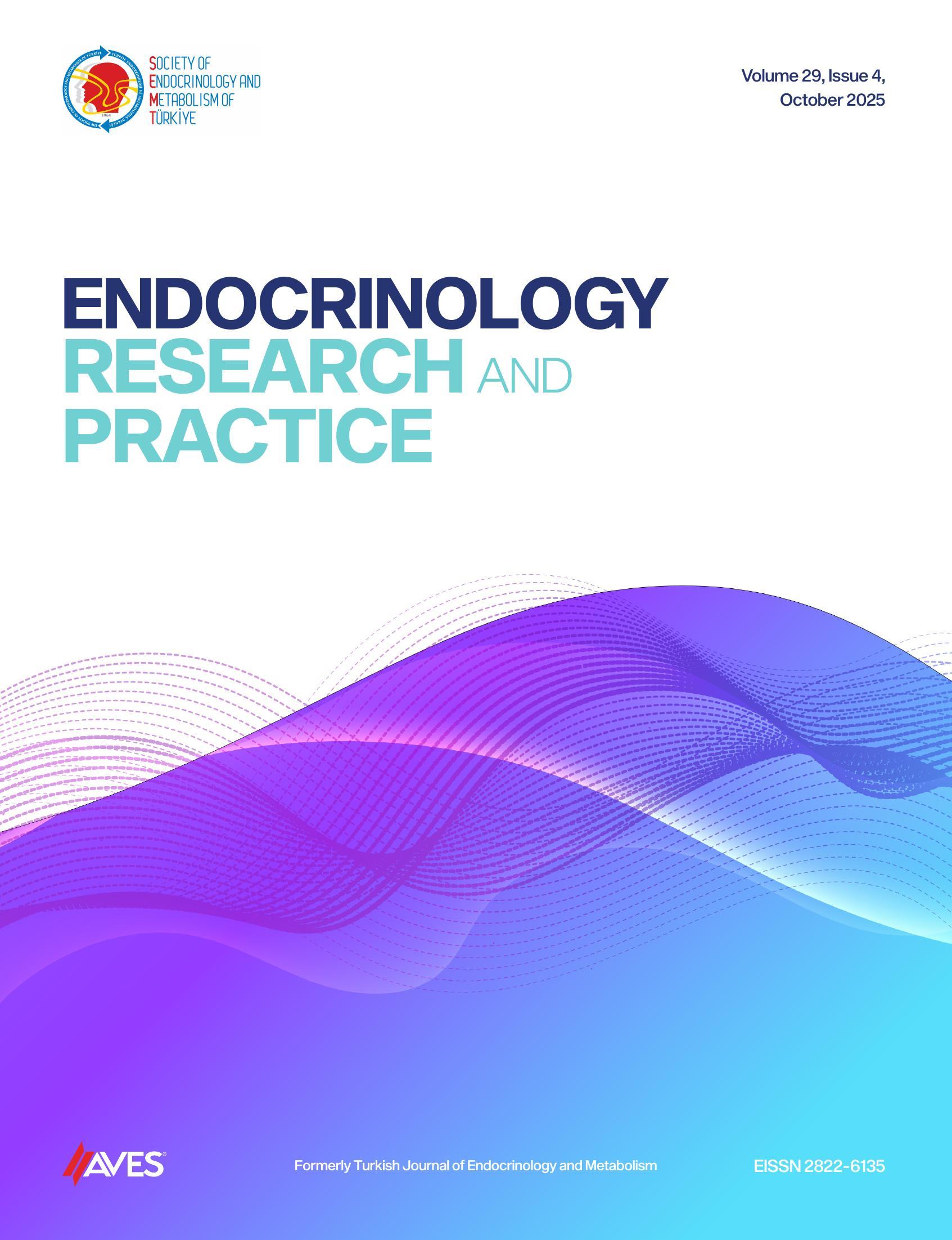Prolactinomas can be classified into several categories. Pituitary adenomas are categorized as inva-
sive or noninvasive depending on their ability to cross the delineations established on the medial and
lateral borders of the internal carotid arteries in coronal imaging. Lactotrophic invasive adenomas are
managed in a manner analogous to benign adenomas. Initially, medical treatment is recommended,
except in cases where emergency surgery is necessary or dopamine agonists are contraindicated.
Prolactinomas can be classified under various categories, despite the higher prevalence of aggres-
sion. A prevalent classification distinguishes adenomas based on their invasiveness. Invasion is a pre-
dictor of the rate of remission attainment following surgical intervention. The Knosp classification is
the most widely utilized system for assessing invasion. Pituitary adenomas are categorized as invasive
or noninvasive based on their ability to cross the delineations on the medial and lateral borders of
the internal carotid arteries observed in coronal imaging. Knosp developed this classification by cor-
relating surgical findings of invasions with magnetic resonance imaging results. The management of
lactotrophic invasive adenomas parallels that of noninvasive adenomas. Medical treatment is pre-
ferred initially, except in cases necessitating emergency surgery or where dopamine agonists are con-
traindicated. While aggressiveness is prevalent in invasive lactotroph adenomas, most cases exhibit
a favorable response to dopamine agonist treatment, resulting in a swift reduction in adenoma
size. In cases of dopamine agonist resistance, alternative treatment options warrant evaluation. It is
important to note that rhinorrhea may occur following the commencement of medical treatment for
adenomas invading the sphenoid sinus.
Cite this article as: Ertürk E. Invasive prolactinomas. Endocrinol Res Pract. 2025;29(2):133-139.

-1(1).png)

.png)